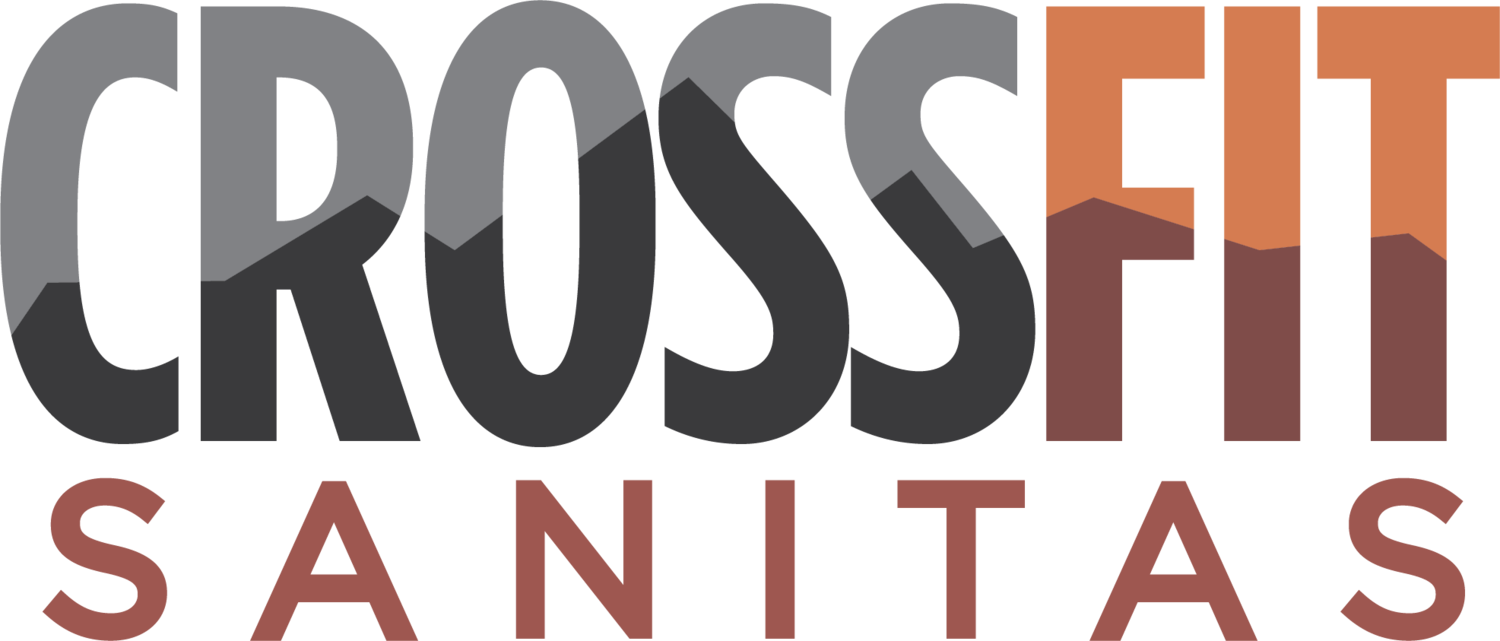A Simple Guide to Calculating Your Macronutrients
Starting to track your macros can be a bit overwhelming at first. How many calories do you need? Which macronutrient ratio is right for you? Will this help me build muscle? Finding the exact right ratio takes time and tweaking, but here's a simple how-to to get you started.
Step 1: Determine Your Baseline Calorie Needs
Before diving into macro ratios, it's essential to have an estimate of your daily calorie requirements to maintain your current activity level.
Utilize a Calorie Calculator: Download this handy macro calculator spreadsheet, then enter your weight, height, age, and activity level to get to the total number of calories you need everyday.
Consider Activity Levels: Be honest about your activity level. This includes not just your CrossFit workouts but also any other physical activity you engage in throughout the day.
Step 2: Explore Different Macronutrient Approaches
The world of nutrition offers various perspectives on optimal macronutrient ratios. Here, we'll explore a few common starting points. Remember that these are general guidelines, and individual needs can vary.
A Balanced Approach (General Health and Fitness): A common starting point for many active individuals focuses on a more balanced intake of all three macronutrients. A general range to consider is:
Protein: 20-35% of total daily calories
Carbohydrates: 40-50% of total daily calories
Fats: 25-35% of total daily calories This approach aims to support energy levels, muscle recovery, and overall health.
Protein Focus (Muscle Building and Satiety): For individuals with a primary goal of building muscle or increasing satiety, a slightly higher protein intake might be beneficial:
Protein: 30-40% of total daily calories
Carbohydrates: 30-40% of total daily calories
Fats: 20-30% of total daily calories Protein is crucial for muscle repair and growth, and it can also help you feel fuller for longer.
Carbohydrate Awareness (Energy Management): Some individuals may find they feel best with a slightly lower carbohydrate intake, focusing on nutrient-dense sources:
Protein: 25-35% of total daily calories
Carbohydrates: 30-45% of total daily calories
Fats: 30-40% of total daily calories This approach emphasizes managing blood sugar levels and utilizing fats for sustained energy.
Considering Activity and Goals: Your specific activity level and fitness goals will influence your ideal ratio. Higher intensity and longer duration workouts may necessitate a slightly higher carbohydrate intake to fuel performance and recovery.
Step 3: Planning Your Meals
Once you have a target calorie range and a macronutrient ratio in mind, you can start planning your meals.
Understand Macronutrient Calorie Content:
1 gram of carbohydrates = 4 calories
1 gram of protein = 4 calories
1 gram of fat = 9 calories
Calculate Gram Targets: To determine your target grams for each macro, multiply your total daily calories by the percentage for that macro and then divide by its calorie content per gram.
Example: If your target is 2000 calories and you're aiming for 30% protein:
Protein calories: 2000 x 0.30 = 600 calories
Protein grams: 600 calories / 4 calories/gram = 150 grams of protein
Utilize Recipe Resources: There are many sites where you can find recipes with listed macros. Bodybuilding.com has a ton of great, Paleo-friendly recipes, and if you're partial to your own recipes, Very Well Fit also has a great nutrition calculator.
Food Scales and Measuring Tools: Using a food scale and measuring cups/spoons can help you accurately track your portions and stay consistent with your macro goals, especially when you're first starting out.
Step 4: Tracking Your Intake
Consistent tracking is key to understanding how your chosen macro ratio is working for you.
Popular Tracking Apps: Several user-friendly apps are available for tracking macros, such as MyFitnessPal (free), Lifesum (free), Cronometer (free), and MacroFactor (paid). These apps allow you to log your food intake and see the breakdown of calories and macronutrients.
Be Diligent with Logging: Try your best to measure and record everything you consume, even snacks and seemingly small items. Accurate tracking provides valuable data.
Adjust as Needed: Don't be afraid to adjust your tracking method if one approach isn't sustainable for you. Taking photos of your meals and logging later can be a helpful strategy for busy individuals.
Important Considerations for Macronutrient Tracking:
Avoid Extreme Calorie Restriction: Severely under eating can have negative consequences on your hormones, metabolism, and ability to build or maintain lean muscle mass. Focus on a sustainable calorie deficit if weight loss is a goal.
Prioritize Whole Foods: While hitting your macro targets is important, the source of your calories matters. Focus on nutrient-dense, whole foods as the foundation of your diet. Aim to include a good source of protein, complex carbohydrates, and healthy fats in most of your meals.
Listen to Your Body: Pay attention to how you feel. Energy levels, satiety, and performance can provide valuable feedback on whether your macro ratios are working well for you.
Consistency is Key: Aim for consistency in your eating patterns. Regular meal times can help stabilize blood sugar and support overall well-being.
Post-Workout Nutrition: Consuming a combination of protein and carbohydrates after your workouts can aid in muscle recovery and glycogen replenishment.
Focus on Healthy Carbohydrate Sources: If you're new to mindful eating, prioritize replacing highly processed carbohydrates (like white bread, sugary cereals, and refined pasta) with nutrient-rich sources like starchy vegetables, fruits, and whole grains. Adequate carbohydrate intake is important for fueling your CrossFit workouts and recovery.
Ready to Optimize Your Nutrition?
Calculating your macronutrients is a valuable tool for understanding your nutritional intake and aligning it with your fitness goals. Start with an estimation of your calorie needs and explore different macronutrient approaches to find a balance that feels sustainable and supports your objectives. Consistent tracking and a focus on whole, nutrient-dense foods will be your greatest allies on this journey. Remember that finding the right balance may take some time and adjustments, so be patient with the process and listen to your body's feedback.
Give Us a Try!
We value holistic health, and have a lot of resources for our members to get and stay healthy. CrossFit isn’t just fitness, it is a community full of like minded individuals



